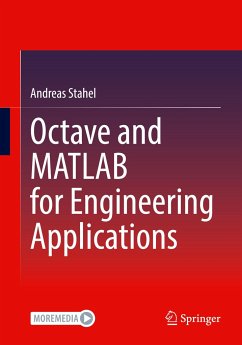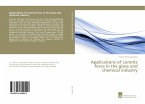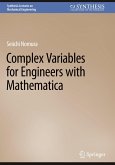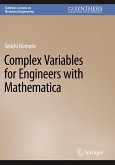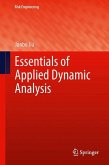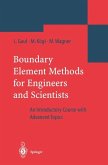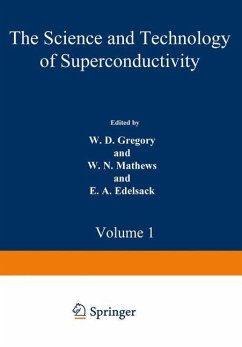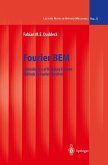For many engineering tasks extensive computations or visualizations are required. The well established Matlab and Octave (a very similar open source software) are excellent tools for modeling, computing and visualization. This book will help the reader to acquire basic knowledge and elementary programming skills with Octave/Matlab. Basic data and programming structures are presented and for the most often used commands illustrative code samples are provided. The selection of the presented commands is guided by the typical needs of engineers. With these skills many and more difficult problems can be solved successfully. It is shown how basic statistical questions can be answered and how results are visualized using appropriate types of graphical representation. A selection of typical, independent engineering problems is presented, together with algorithms to solve these problems. Special attention is given to the methods of linear and nonlinear regression. The high level tool Matlab/Octave is used to develop computational code for micro controllers. The codes and data files for the book are available on Github and on Springer Link.
The Target Groups
The Target Groups
- Students in electrical and mechanical engineering and engineering fields in general
- Working engineers

